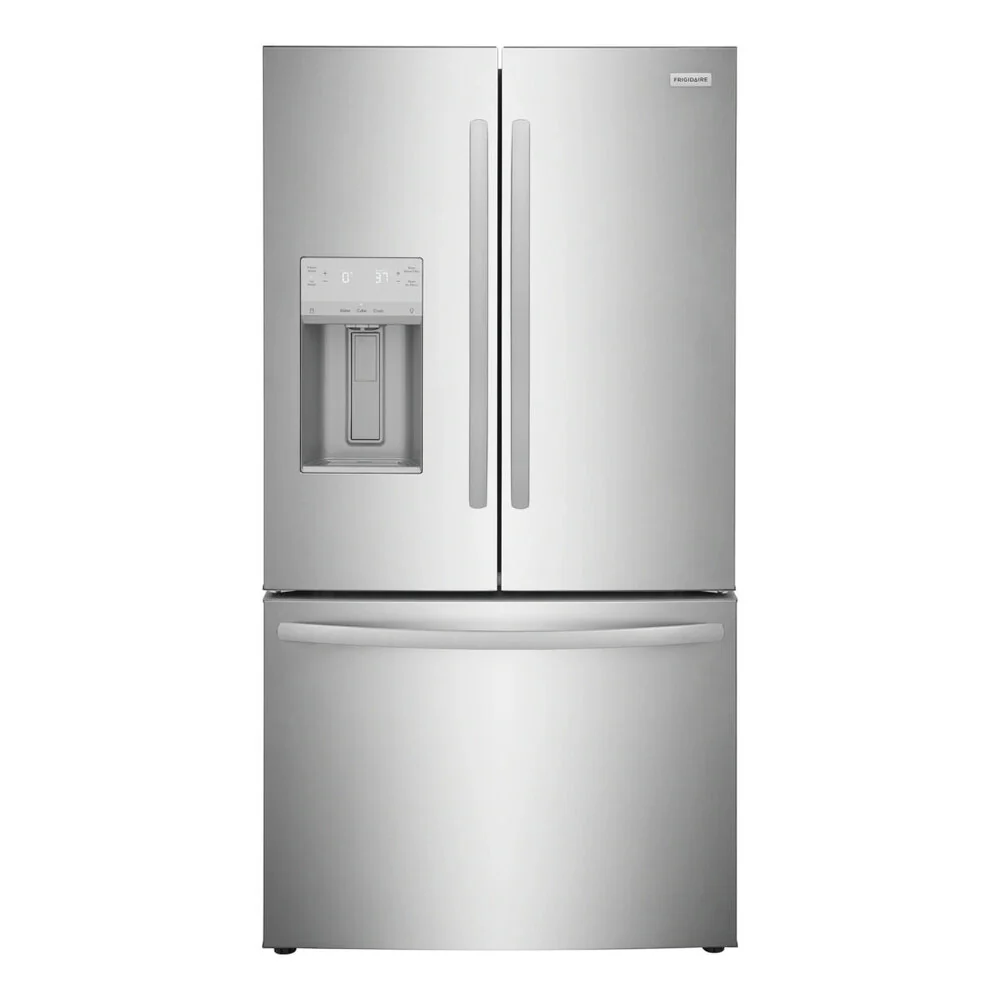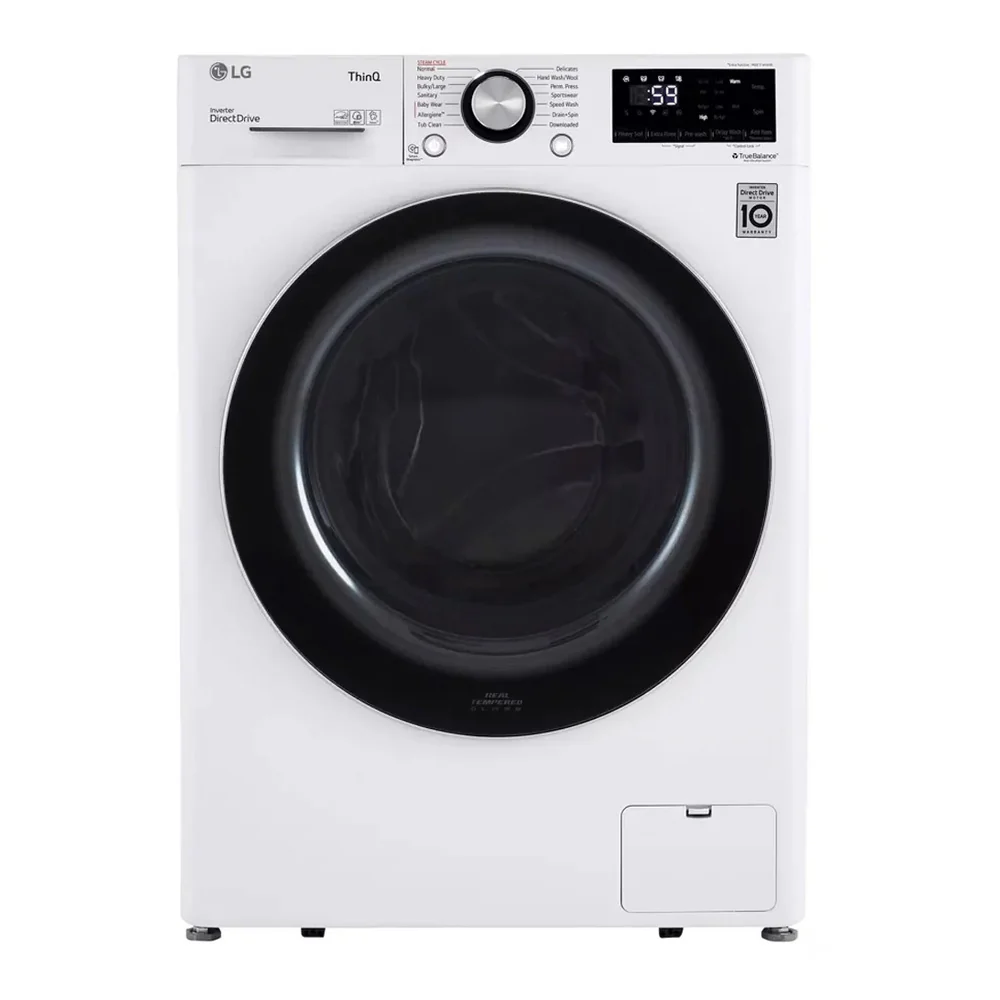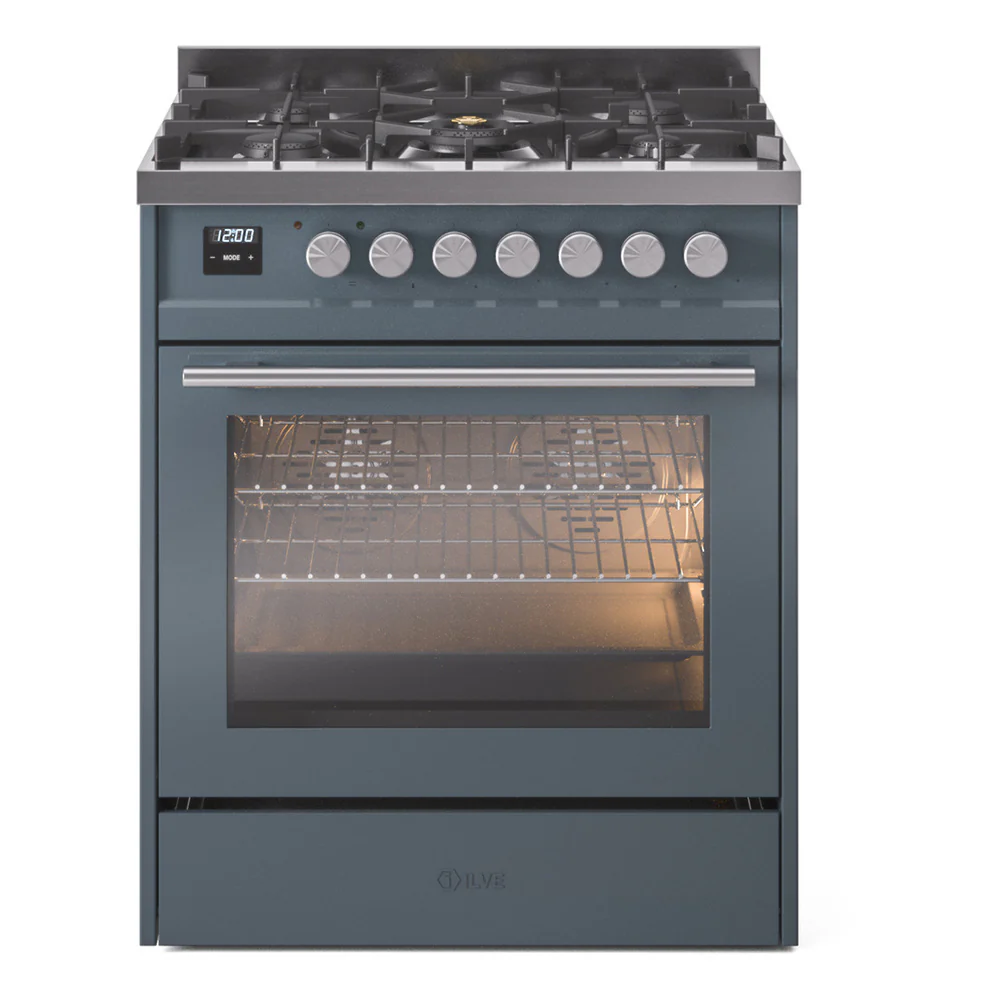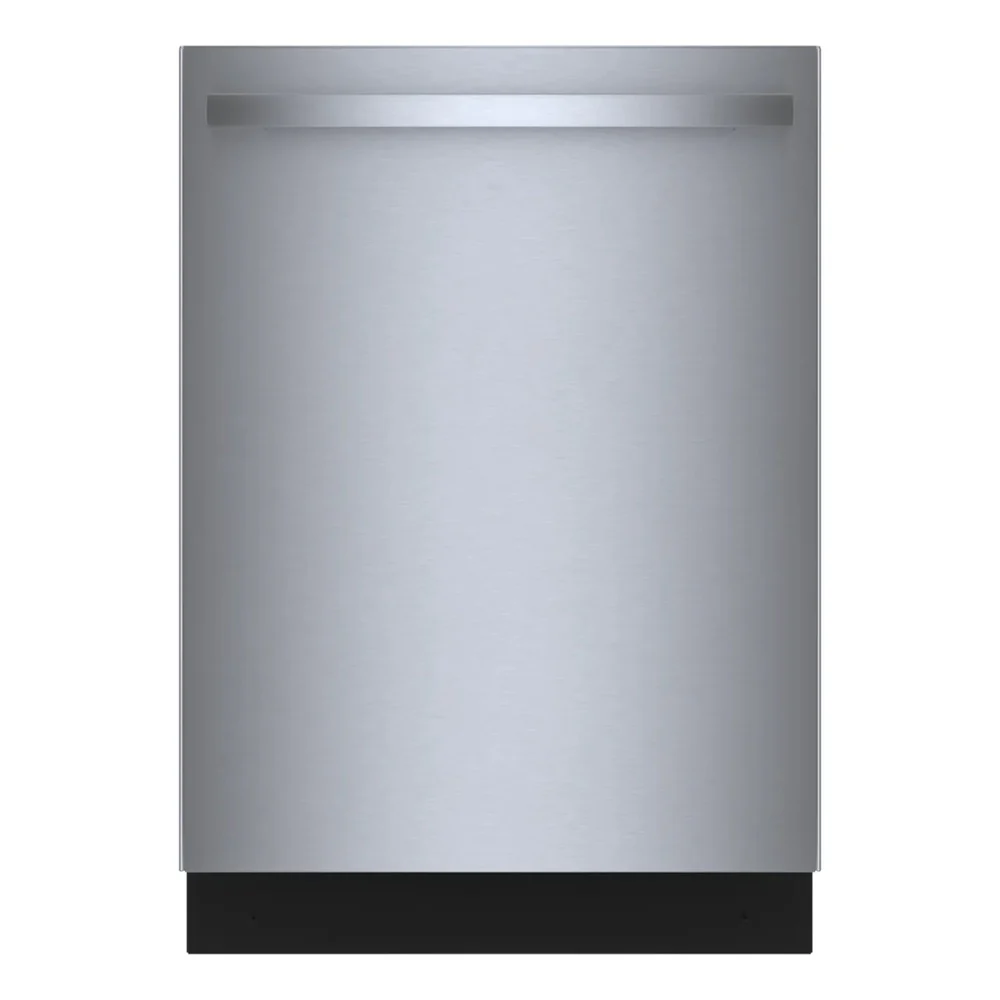Homery
Top Picks From Homery
View All Top Picks >
Speed Queen TC5003BN TC5 26 inch Top Load Washer with 3.2 cu. ft. Cap...
$1,599.00
$150.00 offwas $1,749.00

Speed Queen TC5003WN TC5 26 inch Top Load Washer with 3.2 cu. ft. Cap...
$1,499.00
$150.00 offwas $1,649.00
Best Sellers
View All Best Sellers >
Speed Queen TC5003BN TC5 26 inch Top Load Washer with 3.2 cu. ft. Cap...
$1,599.00
$150.00 offwas $1,749.00

Speed Queen TC5003WN TC5 26 inch Top Load Washer with 3.2 cu. ft. Cap...
$1,499.00
$150.00 offwas $1,649.00
Our Best Closeout Deals
Trending Appliance Types
Why Shop With Homery
Flexible delivery and easy pickup
Choose from two-hour delivery, free delivery, and easy pickup options
3 Level Rebate
Rebate programs, requirements, and applications
Price Match Guarantee
We match prices on identical items from local or select online competitors
Customize your Coverage
Select a warranty plan that suits your needs









